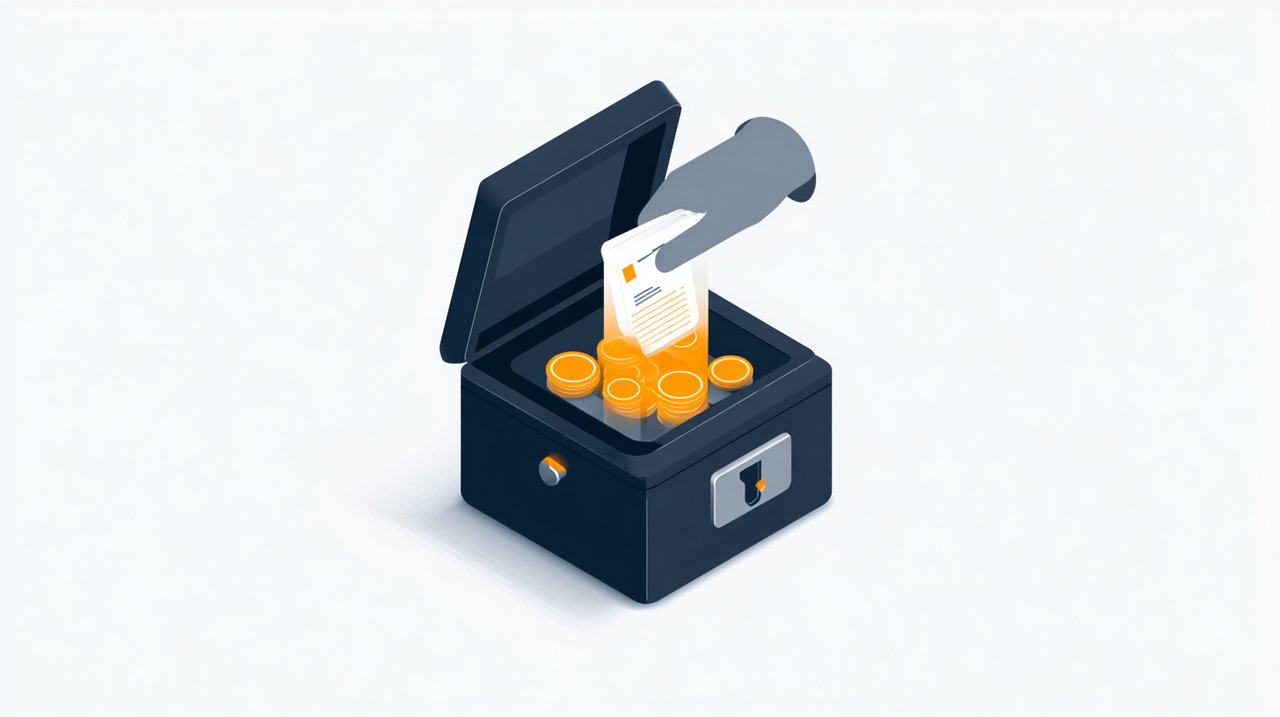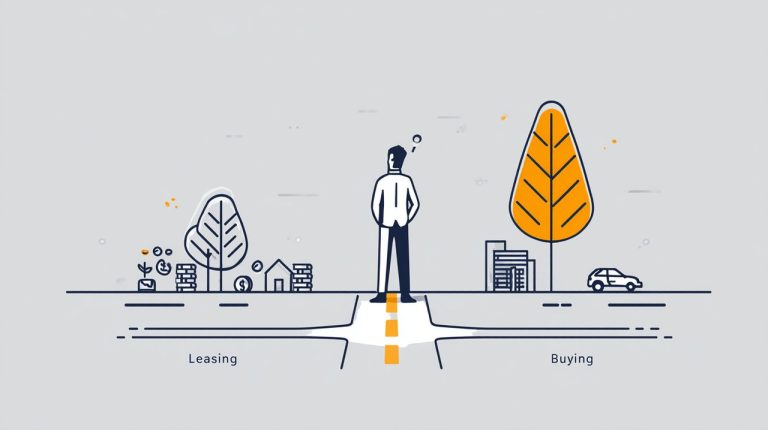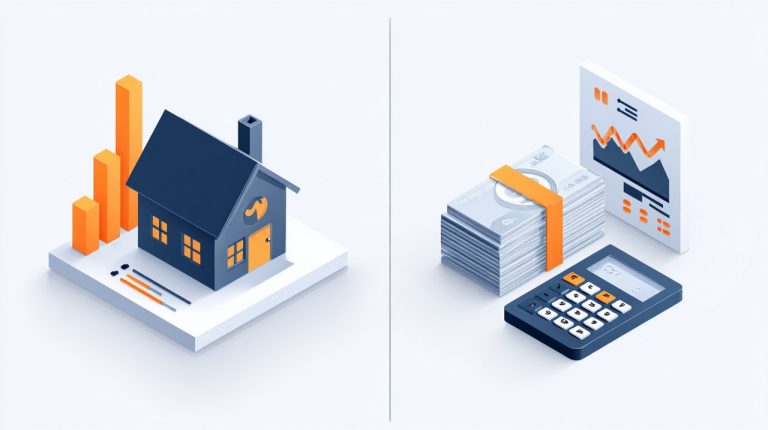For many first-time homebuyers, that monthly mortgage statement can feel like a complex puzzle or, as we often put it, a “black box.” It shows you a few numbers, but rarely explains what’s truly going on beneath the surface. This lack of clarity can lead to unnecessary worry and, more importantly, might cause you to miss out on smart financial opportunities.
But here’s the good news: by carefully opening up this “black box” and understanding how each piece works together, you can shift from simply paying a bill to actively managing a significant financial asset. This guide is designed to give you a clear, expert breakdown, diving into the components and calculation of mortgage payments. We’ll reveal its five core elements, offer practical ways to understand them, and share strategic insights to help you confidently master your financial future.
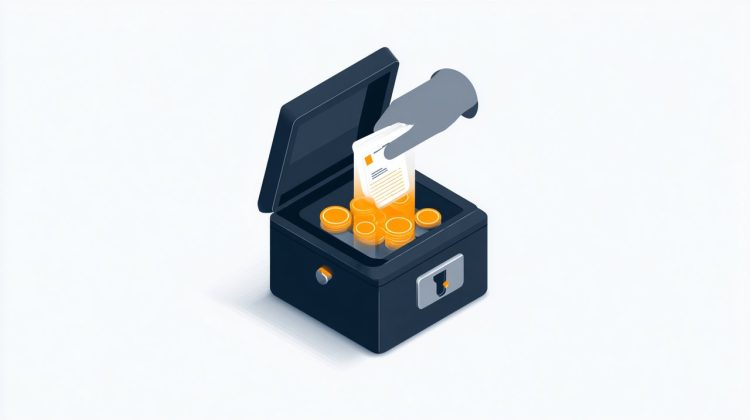
1. Principal: The Core Engine of Debt Repayment
The principal is the most straightforward and fundamental part of your mortgage payment. It’s the actual money you’re paying back from the original loan amount you borrowed. Every time you make a principal payment, you directly reduce your outstanding debt, which is a tangible way to see your home equity grow.
The core idea is simple: your borrowed principal balance gradually shrinks over time. In the beginning phases of your loan, only a relatively small portion of your monthly payment goes towards principal because your overall debt is still quite high. However, as the loan term progresses, that principal repayment slice gets incrementally larger, accelerating your journey towards full home ownership.
Think of repaying principal like consistently filling your personal wealth reservoir; each contribution strengthens the foundation of your assets.
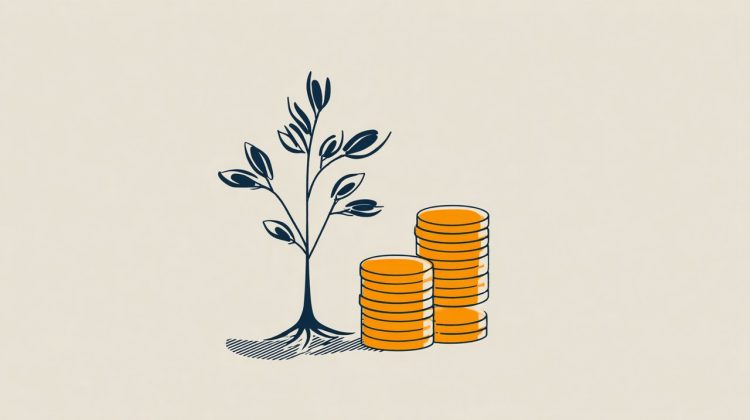
For homebuyers, understanding the speed of principal repayment is incredibly important. For example, by making additional principal payments, even small ones, you can significantly shorten your loan term and drastically reduce the total interest you’ll pay. This strategy can truly accelerate your wealth accumulation.
Of course, this approach requires a careful look at your monthly cash flow, but the long-term financial benefits are often substantial and well worth considering.
2. Interest: The True Cost of Capital
Interest is essentially the fee you pay for borrowing money, and it’s the primary way banks and lending institutions generate revenue. It’s calculated based on your remaining principal balance and the agreed-upon loan interest rate. Grasping how interest is calculated is absolutely fundamental to controlling your overall mortgage expenditure.
Most fixed-rate mortgages use an amortization schedule. This means that in the early years of your loan, the interest portion of your monthly payment is significantly larger than the principal portion. As your principal balance decreases over time, your interest expenses also shrink, while the amount going towards principal gradually increases.
This creates a dynamic balance, but it’s crucial to understand that a big chunk of your early payments goes straight to interest. For instance, on a 30-year, 4% interest rate loan of $200,000, most of your very first payment will be allocated to interest. You’ll only see a noticeable increase in principal repayment as the loan moves into its middle and later stages.
Here are some strategic approaches to manage interest costs:
- Secure a lower interest rate: Even a tiny difference, like 0.1%, can save you thousands of dollars over a 30-year period. It pays to shop around!
- Shorten the loan term: Opting for a 15-year loan typically comes with a lower interest rate and significantly reduces the total interest paid, though it does mean higher monthly payments.
- Understand adjustable-rate risks: If you choose an adjustable-rate mortgage, be vigilant about potential payment increases if interest rates rise in the future.
3. Property Tax: A Long-Term Contribution to Local Governance
Property tax is a charge levied by your local government, based on the assessed value of your home. These funds are vital; they support essential local public services like schools, roads, and emergency services. While it’s a tax on your home, you typically don’t pay it directly to the local authority. Instead, your mortgage lender collects it from you and then remits it on your behalf.
Unlike principal and interest, the amount of property tax isn’t tied to your loan balance. Instead, it’s determined by your home’s assessed value and the local tax rate. This means that even as your loan balance goes down, an increase in your home’s value or changes in local tax rates could lead to higher property tax expenses.
For example, if you buy a home valued at $300,000 and the local tax rate is 1.5%, your annual property tax would be $4,500, which averages out to $375 per month. This amount is included in your monthly mortgage payment and held by your loan servicer in an escrow account until the tax due date, ensuring it’s paid on time.
Understanding the structure of property tax helps you in two key ways:
- Estimating future expenses: By staying familiar with local real estate markets and tax policies, you can better predict your future property tax burden.
- Assessing home affordability: Beyond just the monthly mortgage payment, property tax represents a significant long-term cost that should never be overlooked during the home-buying process.
4. Homeowner’s Insurance and Mortgage Insurance: Protective Buffers Against Risk
The insurance portion of your mortgage payment typically involves two distinct categories: homeowner’s insurance and mortgage insurance. While both aim to reduce risk, their specific functions and who they primarily benefit are quite different.
-
Homeowner’s Insurance: This policy protects your home and belongings from damages caused by events like fire, theft, and natural disasters. It’s a mandatory requirement from all lenders because it safeguards the value of their collateral. The costs vary based on your home’s value, geographical location, and the extent of your coverage.
-
Mortgage Insurance: Lenders usually require this if your down payment is less than 20% of the home’s purchase price. Its main purpose is to protect the lender from losses if you, the borrower, default on your loan. Private Mortgage Insurance (PMI) is a common form of this. The good news is, once your home equity reaches 20% or more, you can generally request the cancellation of PMI, which can significantly reduce your monthly expenses.
It’s important to remember that while both types of insurance offer protection, their primary beneficiaries and cancellation conditions are distinct: homeowner’s insurance mainly benefits you, the homeowner, whereas mortgage insurance primarily protects the lender. Recognizing this distinction empowers you to take timely action, such as canceling PMI once you meet the equity threshold, thereby optimizing your monthly payment structure.
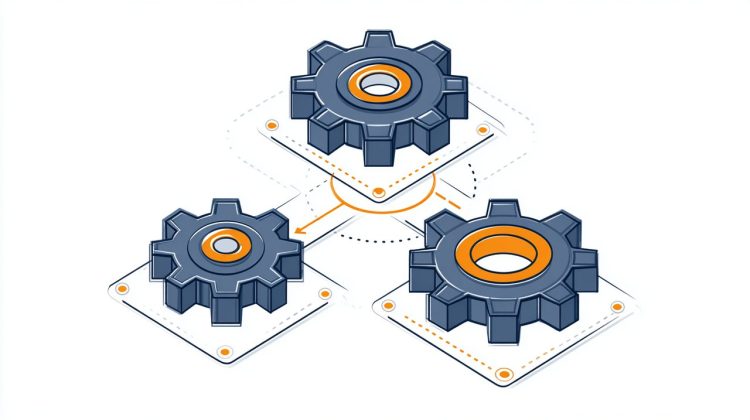
5. Comprehensive Calculation and Strategic Insights: Beyond the Numbers, Decision Trade-offs
Truly understanding the components and calculation of mortgage payments goes far beyond just adding up P.I.T.I. (Principal, Interest, Taxes, Insurance), and a reliable tool can help you visualize these figures and their impact in real-time Mortgage Calculator. More critically, it involves recognizing the dynamic interplay and strategic trade-offs among these elements. This is where we move beyond the surface to explore the true essence of your mortgage.
That seemingly stable monthly payment actually hides complex leverage points. For instance, while interest definitely dominates in the early stages, strategically increasing your principal payments can be a powerful move, effectively reducing your total interest expenditure over the life of the loan. Similarly, by comparing different loan products—like fixed-rate vs. adjustable-rate, or 15-year vs. 30-year loans—in terms of interest, risk, and cash flow, you can pinpoint the optimal balance that aligns perfectly with your unique financial goals.
Here are some key decision trade-off points to consider:
- Short-term cash flow vs. long-term cost: Opting for a longer-term loan with lower monthly payments eases immediate financial pressure but incurs higher total interest costs. Conversely, a shorter-term loan with higher monthly payments saves substantial interest but demands greater immediate cash flow.
- Risk appetite vs. certainty: A fixed-rate mortgage offers payment stability and predictability but might mean you miss out on opportunities if interest rates drop. An adjustable-rate mortgage could offer lower initial payments but carries the risk of increased payments if rates rise.
- Proactive management vs. passive acceptance: Regularly reviewing your insurance costs, evaluating the possibility of canceling PMI, and even exploring refinancing options allows you to actively optimize your mortgage structure, rather than just passively making payments.
A mortgage payment isn’t an unchangeable burden; it’s a long-term “cooperation agreement” between you and the bank. Understanding its terms gives you the power to renegotiate and optimize.
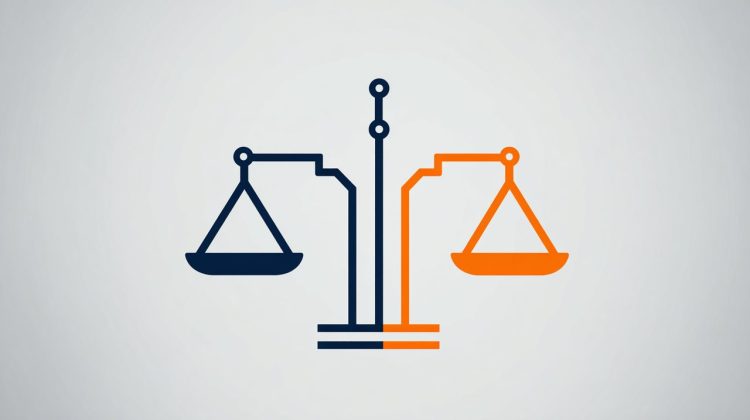
Through a deep analysis and comparative understanding of these elements, you’ll find that understanding the components and calculation of mortgage payments isn’t just about gaining financial knowledge. It’s a strategic upgrade in your thinking, empowering you to truly master your financial destiny.
Conclusion and Call to Action
Your mortgage payment is so much more than a simple number on a statement. It’s a sophisticated system, intricately woven from principal, interest, taxes, and insurance, where each component plays a specific role and interacts with the others. Through this expert guide, we’ve systematically deconstructed this system, giving you a crystal-clear view of its inner workings and offering strategic insights that go far beyond mere figures.
Now that you’re equipped with this critical knowledge for understanding the components and calculation of mortgage payments, your next step is to grab your latest mortgage statement. Take a moment to identify each constituent part, applying the principles and advice we’ve discussed. Consider opportunities to optimize your strategy, whether that’s making additional principal payments or assessing the feasibility of canceling mortgage insurance, to better manage your most significant property investment.
This clear understanding marks your initial, powerful stride towards true financial autonomy and confidence.
💡 Frequently Asked Questions
The five core components of a mortgage payment are Principal, Interest, Property Tax, Homeowner's Insurance, and Mortgage Insurance. These elements collectively form your monthly payment.
Principal is the actual money you're paying back from the original loan amount, directly reducing your outstanding debt and increasing home equity. Interest is the fee you pay for borrowing money, calculated on your remaining principal balance. In the early years of a loan, a larger portion of your monthly payment goes towards interest, with the principal portion gradually increasing over time as your debt decreases.
Homeowner's insurance protects your home and belongings from damages like fire or theft and is mandatory, primarily benefiting you, the homeowner. Mortgage insurance (e.g., PMI) is typically required if your down payment is less than 20% and protects the lender if you default on the loan. You can usually request to cancel mortgage insurance once your home equity reaches 20% or more.
You can reduce the total cost of your mortgage by securing a lower interest rate, opting for a shorter loan term (e.g., 15-year loan), making additional principal payments, and canceling Private Mortgage Insurance (PMI) once your home equity reaches 20%. Regularly reviewing insurance costs and considering refinancing options can also help optimize your mortgage.


